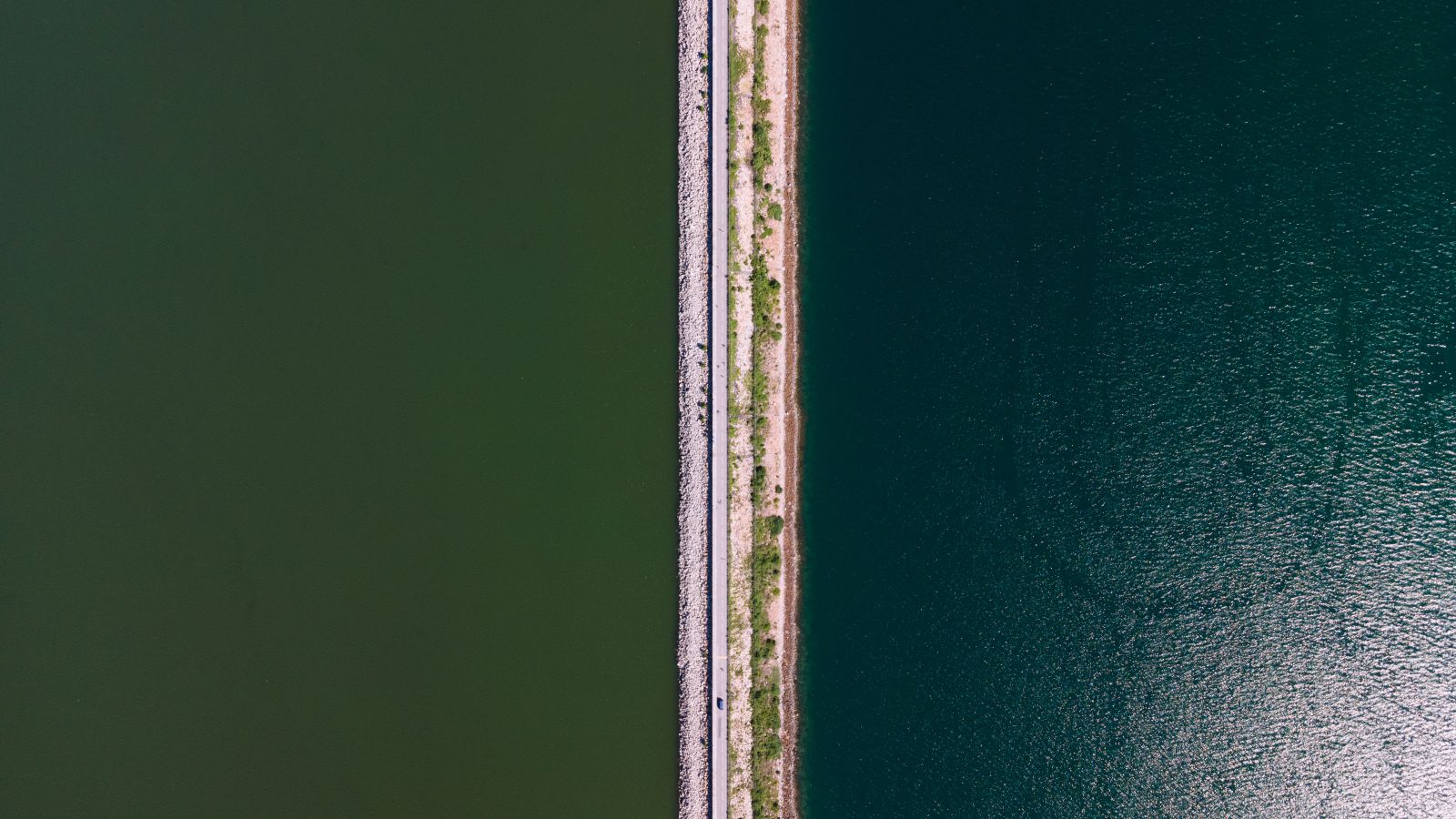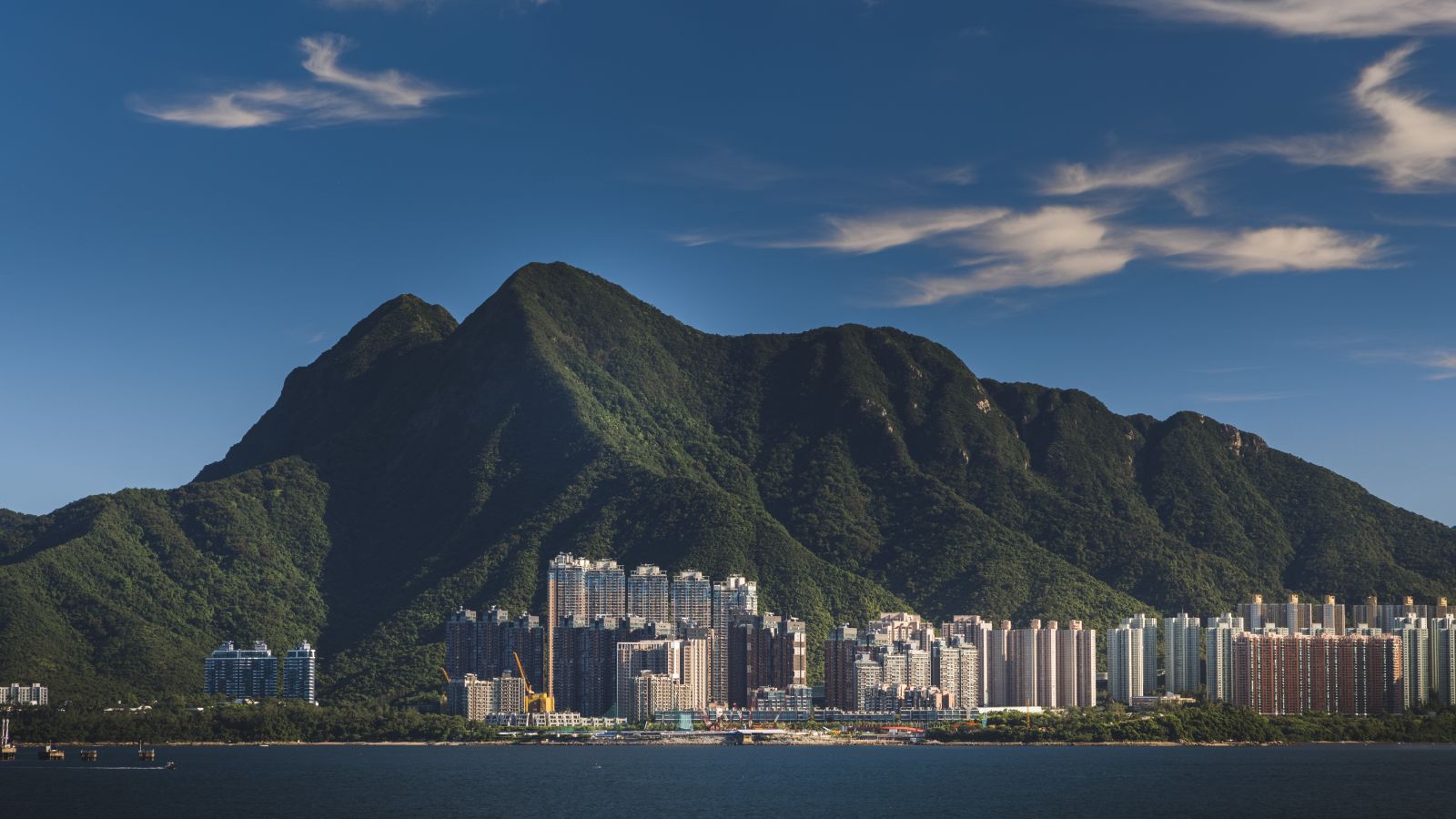Located within the picturesque Plover Cove Country Park, the Plover Cove Reservoir is a popular destination for nature lovers seeking a peaceful day out. Very few, however, would realize the dexterity of its construction, as well as its historical significance, which is particularly relevant against the social and political backdrop today.
Largest in the area and second in volume among the many reservoirs in Hong Kong, the Plover Cove Reservoir was the first freshwater coastal lake built in the city. As Hong Kong lacked inland water bodies to support its rapid population and industrial growth in the 1950s through 1970s, the colonial British government started to look for alternatives in order to achieve self-sufficiency in freshwater supply. It turned to construct reservoirs that would hold enough rainwater for the city’s consumption.

Plover Cove is blessed with geographical advantages like no other. The cove is enclosed on three sides, making it possible to create a dam that essentially acts as a fourth barrier, fully separating the area from the sea. By draining the seawater in the reservoir, the vacuum was then converted into a freshwater lake. Construction of the reservoir began in 1960 and was completed in 1968, serving as a crucial guardian of Hong Kong's essential freshwater resources. After its completion, other major reservoirs such as the High Island Reservoir and Lok On Pai Desalting Plant were also constructed to address the city's growing freshwater needs. During the early 1980s, Hong Kong's water engineering achievements reached unprecedented heights, bringing the city closer than ever to attaining water independence.
.jpeg)
.png)
Unfortunately, Hong Kong has never achieved self-sufficiency in freshwater supply. In 1965, with the return of Hong Kong to China looming, the British government made the decision to start importing water from the East River of China. The Plover Cove reservoir was modified to not only serve as a rainwater catchment, but also as a storage facility for imported water. Over time, imported water became the primary source of freshwater in Hong Kong, with local supply taking a backseat. This reliance on outside sources has sparked debates, with concerns that it compromises Hong Kong's autonomy.
.jpeg)
Nowadays, the Plover Cove Reservoir sits quietly at the edge of Tai Po, nurturing a spectrum of freshwater species while catering to the needs of holiday hikers. At its heart, however, it shares the city’s constant struggle to be self-sufficient from outside influences. Next time you hike past the Reservoir, take a moment to feel it.










